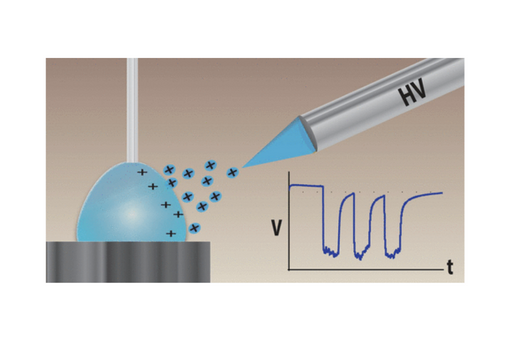
Gary Glish
Professor
Not Accepting Doctoral Students
Caudill Laboratories 320919-962-2303
glish@unc.edu
Group Website
Curriculum Vitae
Research Interests
Mass Spectrometry, Ion Chemistry, Biomolecule Analysis
Research Synopsis
Our research focuses on the development of instrumentation and methods in the field of mass spectrometry. There is a strong synergism between the research involving development of new instrumentation, or modification of existing instrumentation, and the applications. Development of new instrumentation allows us to do novel experiments in the characterization of different chemical systems, while understanding the needs for analysis of these systems drives the development of the next generation of instrumentation and methods. Currently the primary focus in instrument/methods development involves ion mobility, ambient ionization sources, and ion activation.
In instrument development we are especially interested in the fundamentals and applications of differential ion mobility spectrometry, DIMS. DIMS, combined with mass spectrometry, is a powerful tool for targeted trace analyte detection and real-time analysis of complex samples. In the area of ambient ionization, we have been working primarily with techniques we can use for real-time characterization of aerosols. The techniques include extractive electrospray ionization, low temperature plasma ionization, and a new method we are developing, liquid overflow capture electrospray ionization.
We are applying both DIMS and ambient ionization to the characterization of aerosols, from both the biological and environmental perspective. We have interests in characterizing the burning of biomass, for example tobacco and emerging tobacco products. Within that realm we have a major focus on characterizing e-cigarette aerosols. In more biological applications we are involved in using DIMS/MS for the discovery and detection of leukemia antigen peptides with a goal toward application to personalized medicine, i.e. tailoring the patient treatment based on actual antigens being presented by the patient. Characterization of lipids via DIMS/MS is another biological area of interest.
In everything we do we are interested in the underlying chemistry involved, and the mass spectrometer is a rich source of unique chemistry. From the aerosol project a small unique peak in an MS/MS spectrum has led to a whole new project on the differentiation of stereoisomers by a simple ion/molecule reaction: no separations, no special chiral reagents or transition metals, just water. As part of the fundamental chemistry studies we complement a lot of our experimental work with theoretical calculations, DFT, collision cross-section, ion trajectories, et cetera.
Professional Background
Ph.D, Purdue University, 1980; Research Scientist and Group Leader, Oak Ridge National Laboratory, 1980-1992; President, American Society for Mass Spectrometry, 2008-2010; Vice President for Programs, American Society for Mass Spectrometry, 2006-2008; Associate Editor, Journal of the American Society for Mass Spectrometry, 1990-2007; Chair, International Workshop on MS/MS, 1999-2007; Vice President for Arrangements, American Society for Mass Spectrometry, 1987-89; Board of Directors, Asilomar Conf. on Mass Spectrometry, 1987-1989; Editorial Advisory Board, Instrumentation Science and Technology, 1993 - present.
Research Group
News & Publications

Here in a new DDA approach is proposed, DiffN, which uses the relative differential intensity of ions between two samples.

The current work introduces a new method utilizing PILSNER for the examination of the particles generated during ESI using simple analysis techniques with a commercially available potentiostat.


